Abstract After analyzing the dialectic between (urban and architectural) space and (the asymmetric distribution of gendered roles within the) family, the article focuses, first of all, on the urban and architectural repercussions of the evolution of new cohabitation structures in contemporary society and, secondly, on the (r)evolution of the relationship between architecture and furniture/equipment, with …
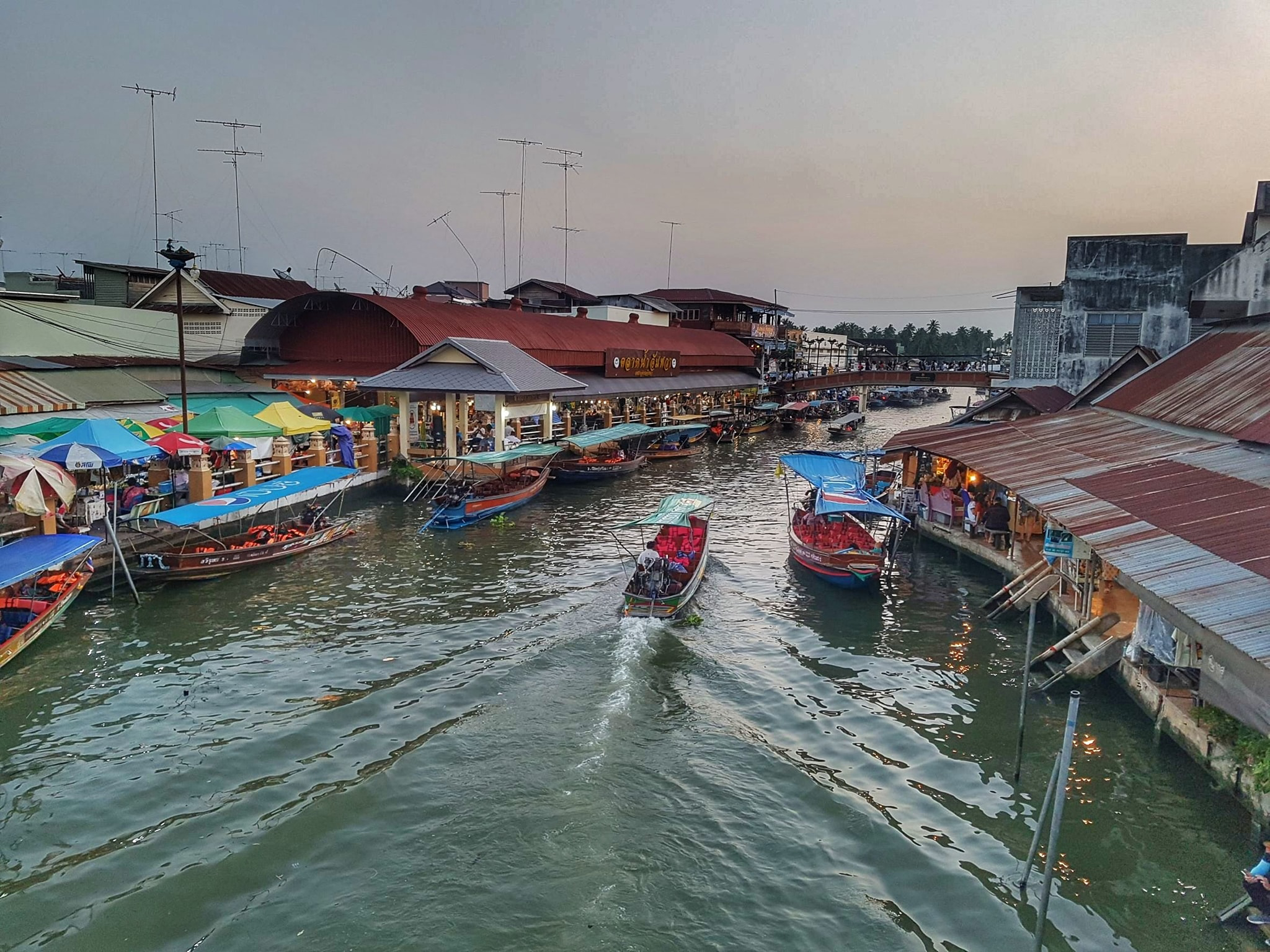
Abstract The character defining elements of the floating markets are their locations (the banks of canals and rivers), their traditional boats, their traditional trade, as well as some unique architecture of the water-facing houses, including stilt homes, some still containing the original material. Furthermore, their place in history was a sign of a thriving economy. …
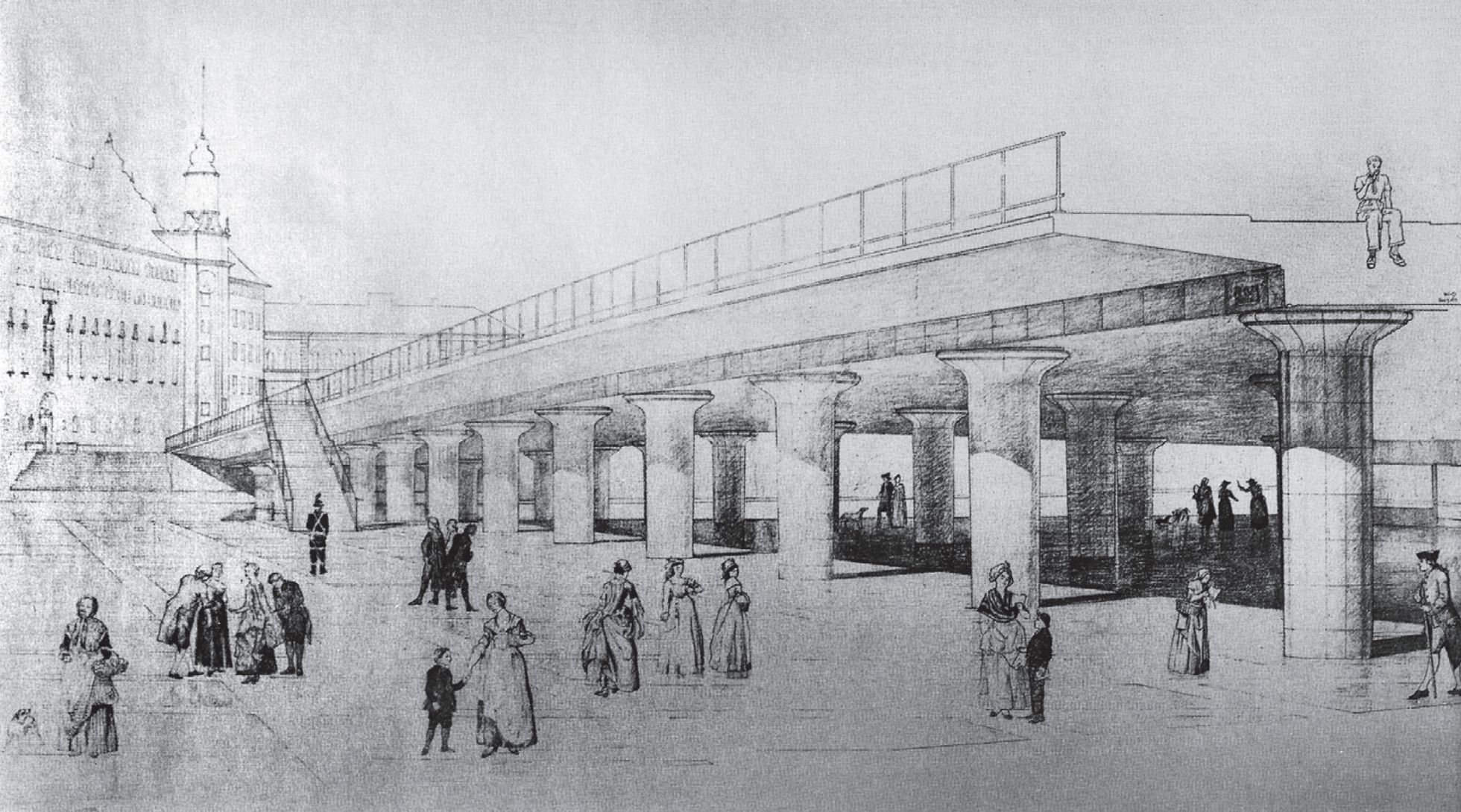
Abstract The Slussen urban project designed by architect Tage William-Olsson and engineer Gösta Lundborg between 1929 and 1935 in Stockholm, synthetically expresses the emergence of the automobile in the European cities at the beginning of the 20th century. The combination of more than thirty previous proposals highlights the evolution of a space in contradicting confrontation …
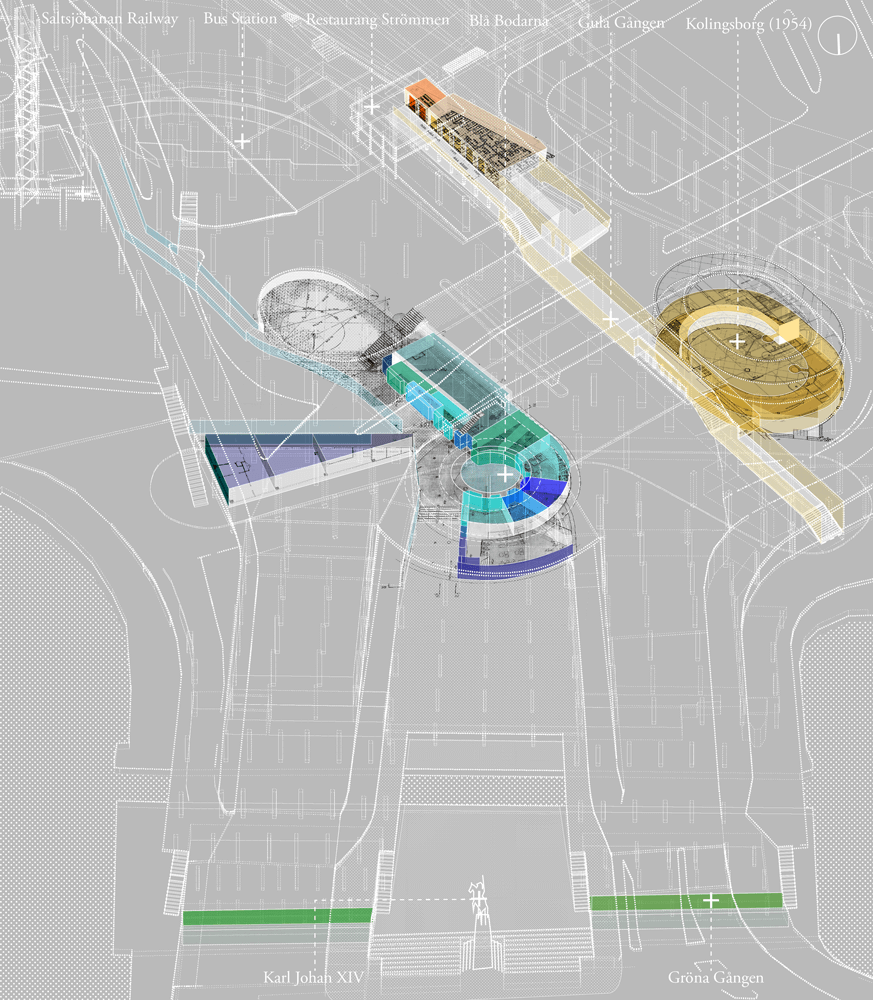
Abstract As Manuel de Solà-Morales noted, urbanity relies on the variety and quality of relations between things, materials and human beings. Considered as such, how are we to achieve an underground urbanity? This paper seeks to address this question through a focused reading of a number of European urban projects from the 20th century; all …
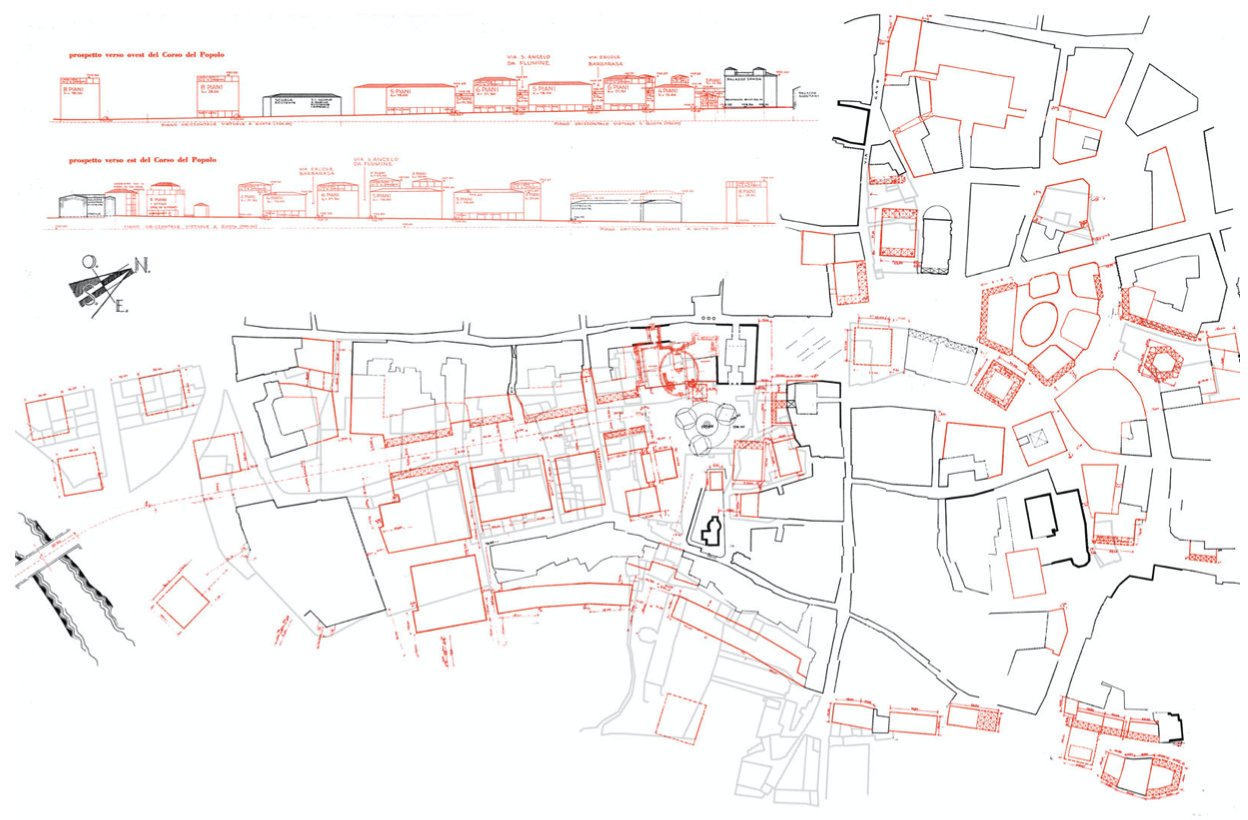
Abstract Mario Ridolfi’s lifelong work in the area around the Corso del Popolo in the city of Terni has merited special attention among researchers because of its sensitiveness towards the historical surroundings, its ability to integrate town-planning and architecture and its capacity to transform the city’s skin and structure. The aim of the paper is …
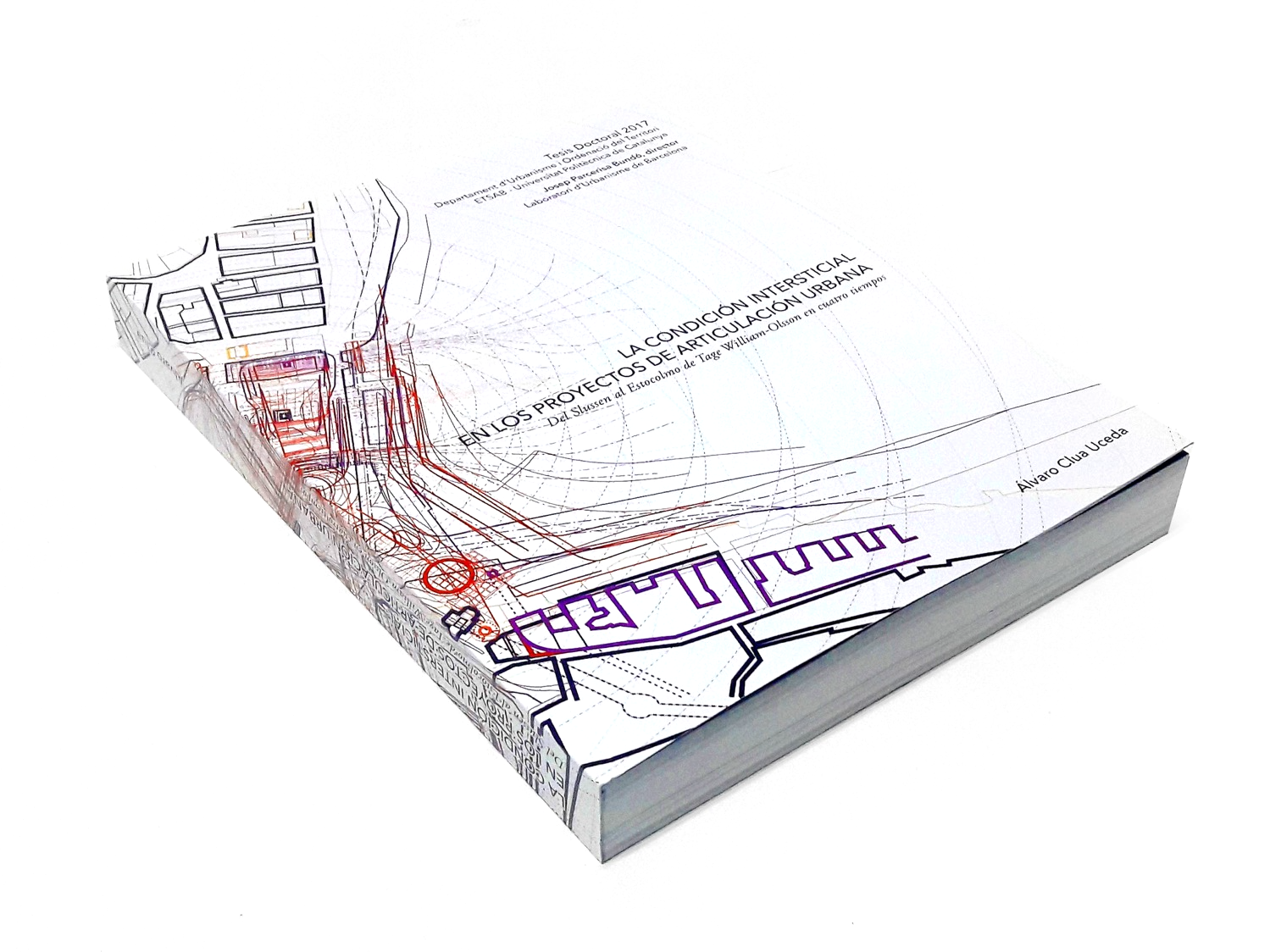
Abstract This document sets out the results of a comprehensive and consistent view on the interstitial condition present in urban articulation projects aimed at integrating different parts of a city. This retrospective study is based on the hypothesis that these interstitial places are a unique field of action for the practice of the urban project …

Abstract Default contentBecause of China’s rapid urbanization, original rural architectures and lands are surrounded by the construction lands, fact that leads to the phenomenon of vernacular architecture existing in downtown, known as urban villages in China. However, most of the urban villages remain in good living condition and landscape, becoming a rare resource for cities …
Abstract The essay introduces the notion of soundscape and discusses it from a historical perspective, demonstrating how it is rooted in the urban design tradition linked to Kevin Lynch’s seminal work on the “sensuous qualities” of the urban environment. Furthermore, it outlines the intersection of this tradition of studies with the cultural revolution that occurred …

Abstract Will cities exist in the next century? Or will everywhere be urban? Contemporary communication and transportation networks allow for greater urban dispersal, yet cities continue to centralise great densities of activities and innovations. What form will the 21st century city take? And what role will architects and urban designers take in shaping the future …
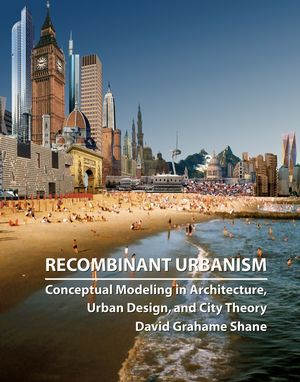
Abstract The book provides a simple but comprehensive framework for the emerging academic discipline of urban design, from its origins in Europe and America, to contemporary issues of imagery, finance and marketing in an age of globalization. There is currently (it was written in 2005, when the book was published) no contemporary textbook for urban …








